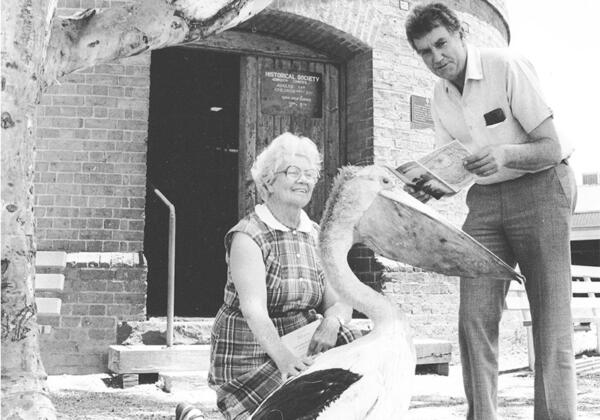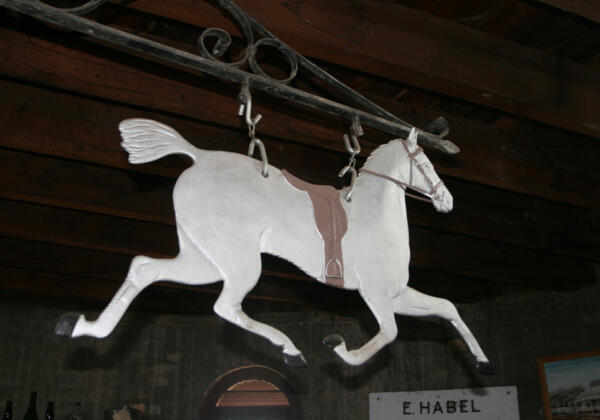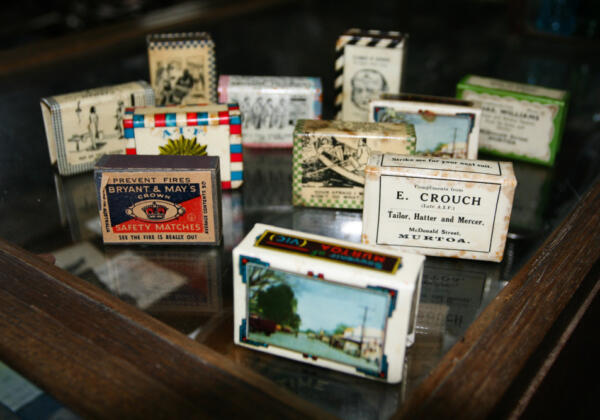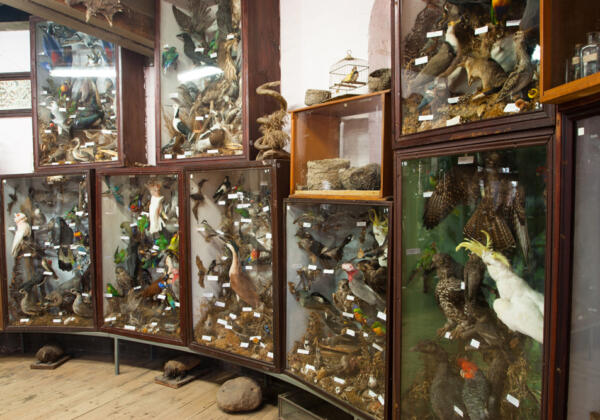Old Water Tower
Explore History at the Old Water Tower inside a spectacular 4-storey circular structure
History of the Old Water Tower
In 1883 the Wimmera United Waterworks Trust estimated the cost of supplying water to 750 residents of Murtoa and daily use of water to the Railways for steam trains. It took a few years for the Trust and the Railway Department to come to an agreement but by December 1885 the Government approved the building of a water tower in both Murtoa and Warracknabeal. A contract was let to Humble and Nicholson in May 1886 for the amount of £3,943, the full amount was not expended with an amount of over £242 being unspent.
James Richings, a Master Builder from England was engaged to oversee the building of Warracknabeal and Murtoa Water Towers. He lived in Warracknabeal with his wife and children before their return to England.
On 28th October the ‘Dunmunkle Standard’ reported at length that the brickwork of the water tower was complete, and the iron tank lacked but a few of its 28,000 rivets. It took eleven men four weeks to put the tank together in ‘first class style’ under the supervision of Mr H Kinsley’.
On 11th November 1886: ‘Steam was got up and pumping commenced about 8 o’clock on Friday morning in connection with Murtoa water tower and the tank was filled by 3 o’clock in the afternoon, the 40,000 gallons being pumped in excellent time, namely seven hours.’
Water was pumped from Lake Marma via the Steam Pump House, run by Hugh Rogers. It is believed he and his young family lived in the Tower for a period of time. You will find evidence of his children with writings on the inners walls ‘Lucy Rogers was here’.
Subsequent town water towers were built at Lake Marma in 1915 and again in 1985. In these intervening years the Old Water Tower was used to store pipes and castings. The tank continued to do its duty by supplying water to the Railways for the Steam Trains, until the late 1960’s.


















